Heartbroken? Pets feel the tension and sadness of a break-up just as we do, often sensing the change before it’s even clear to us. How can we help ease their transition?
1. Maintain Routine Stability
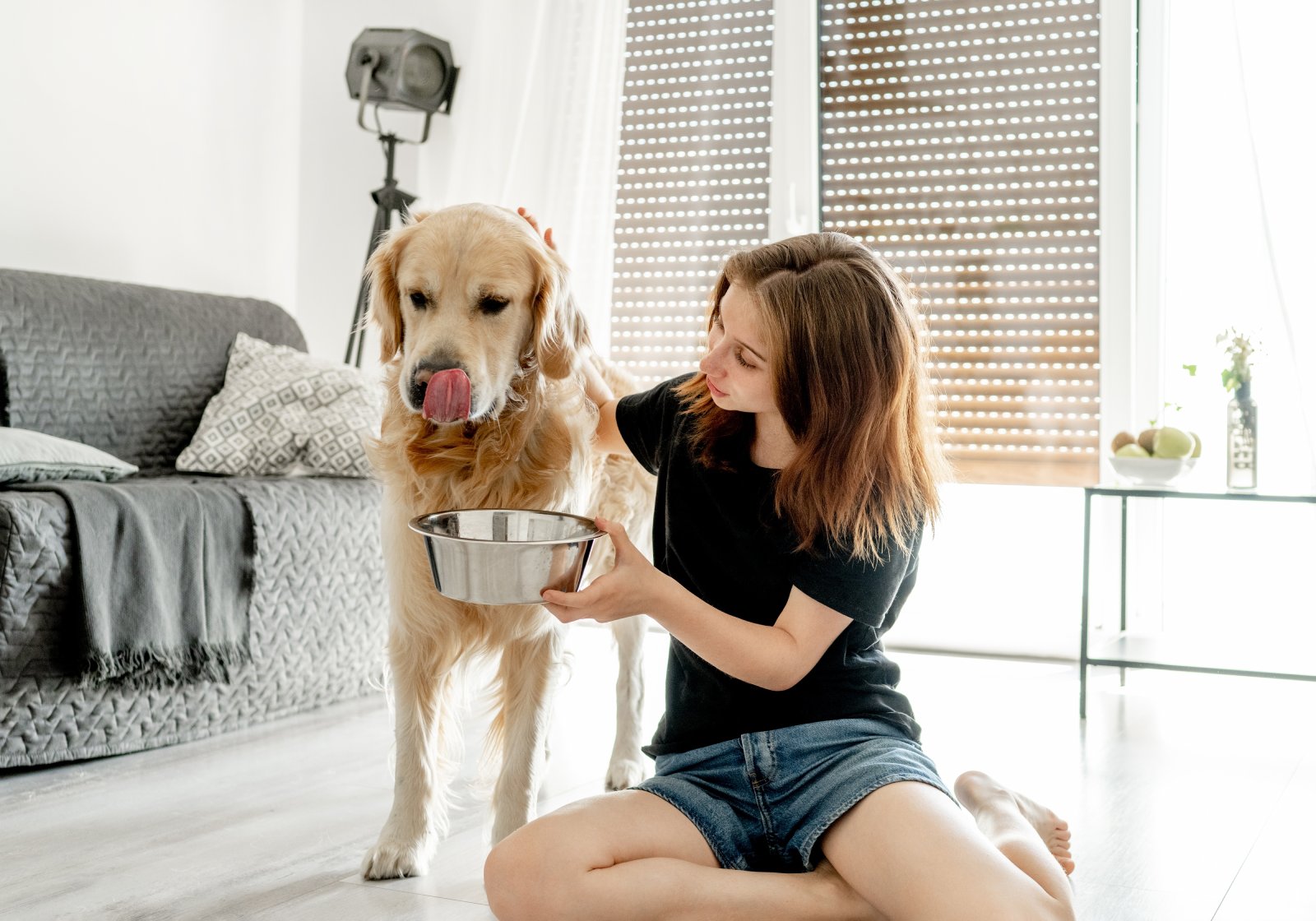
Keep your pet’s feeding, walking, and playtime schedules consistent. Routine provides comfort and security during uncertain times.
2. Increase Quality Time

Spend extra time with your pet. More cuddles, playtime, and attention can help reassure them that they are still loved and important.
3. Be Patient with Behaviour Changes
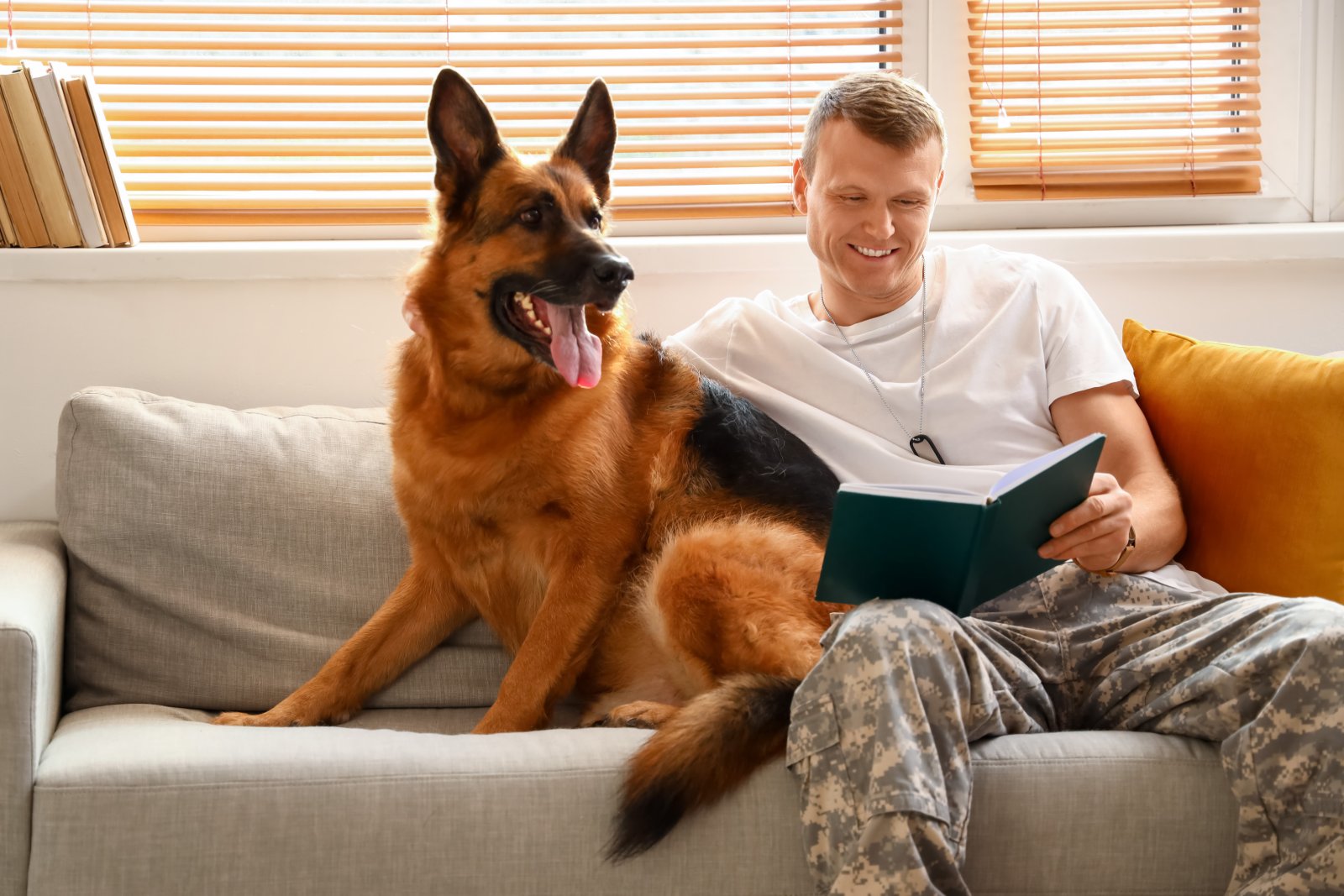
Your pet may exhibit changes in behavior such as clinginess or aloofness. Be patient and provide reassurance through gentle care and attention.
4. Avoid Disruptive Arguments
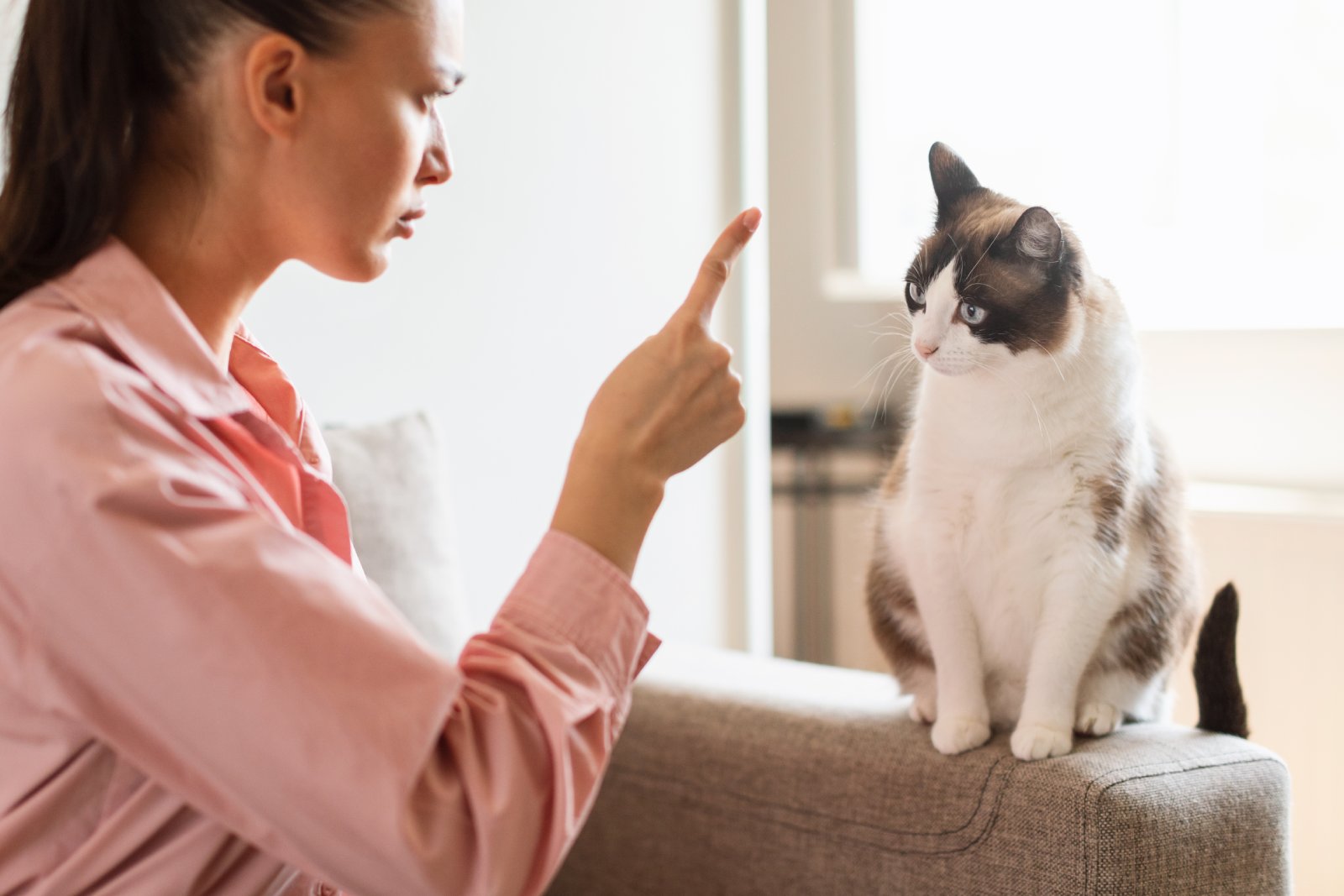
Try to keep heated exchanges and disruptive noises away from your pet. They are sensitive to stress and conflict in their environment.
5. Create a Calm Environment
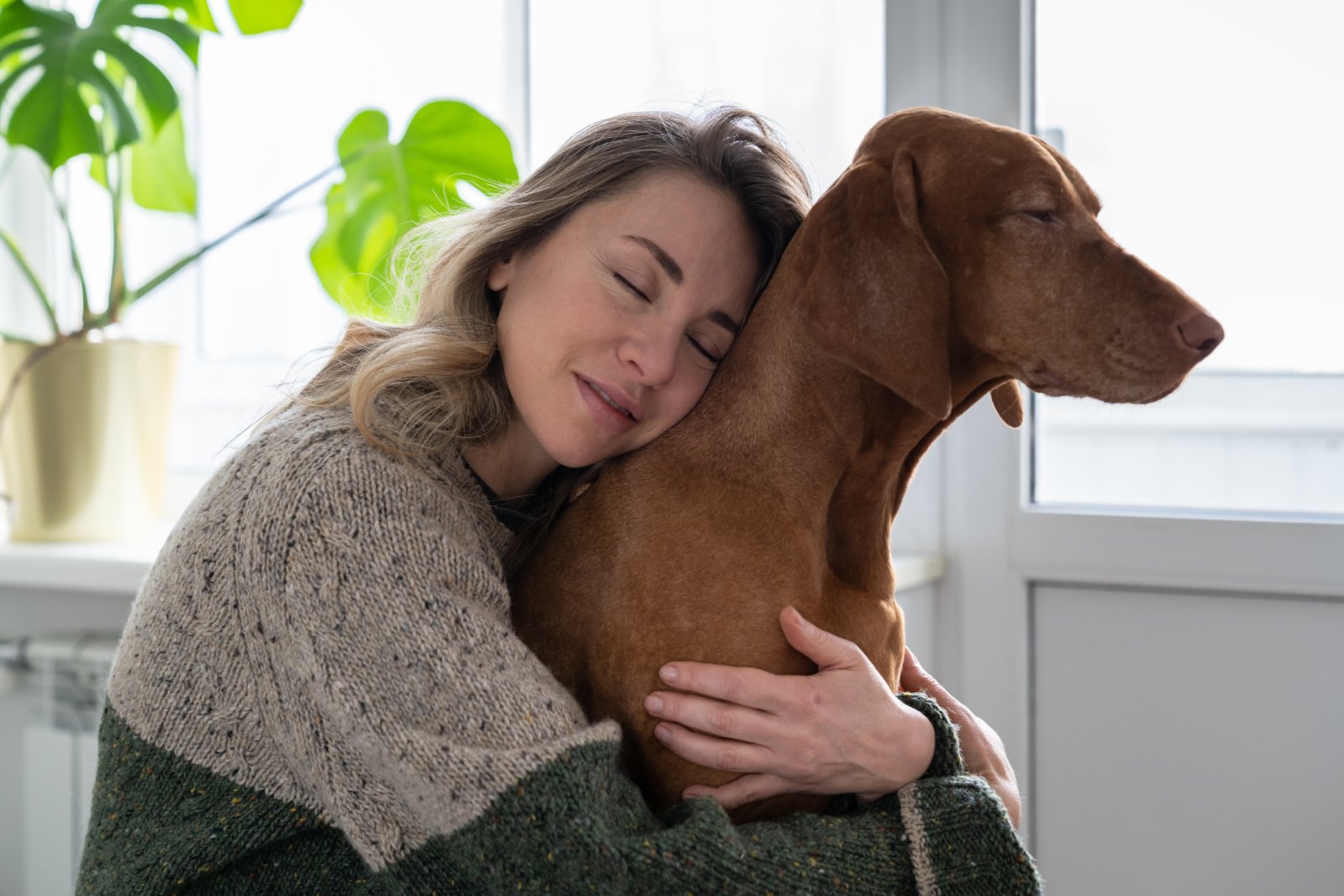
Use calming sprays or diffusers that are safe for pets. These can help soothe anxiety and make your home a more peaceful place.
6. Keep Their Space the Same
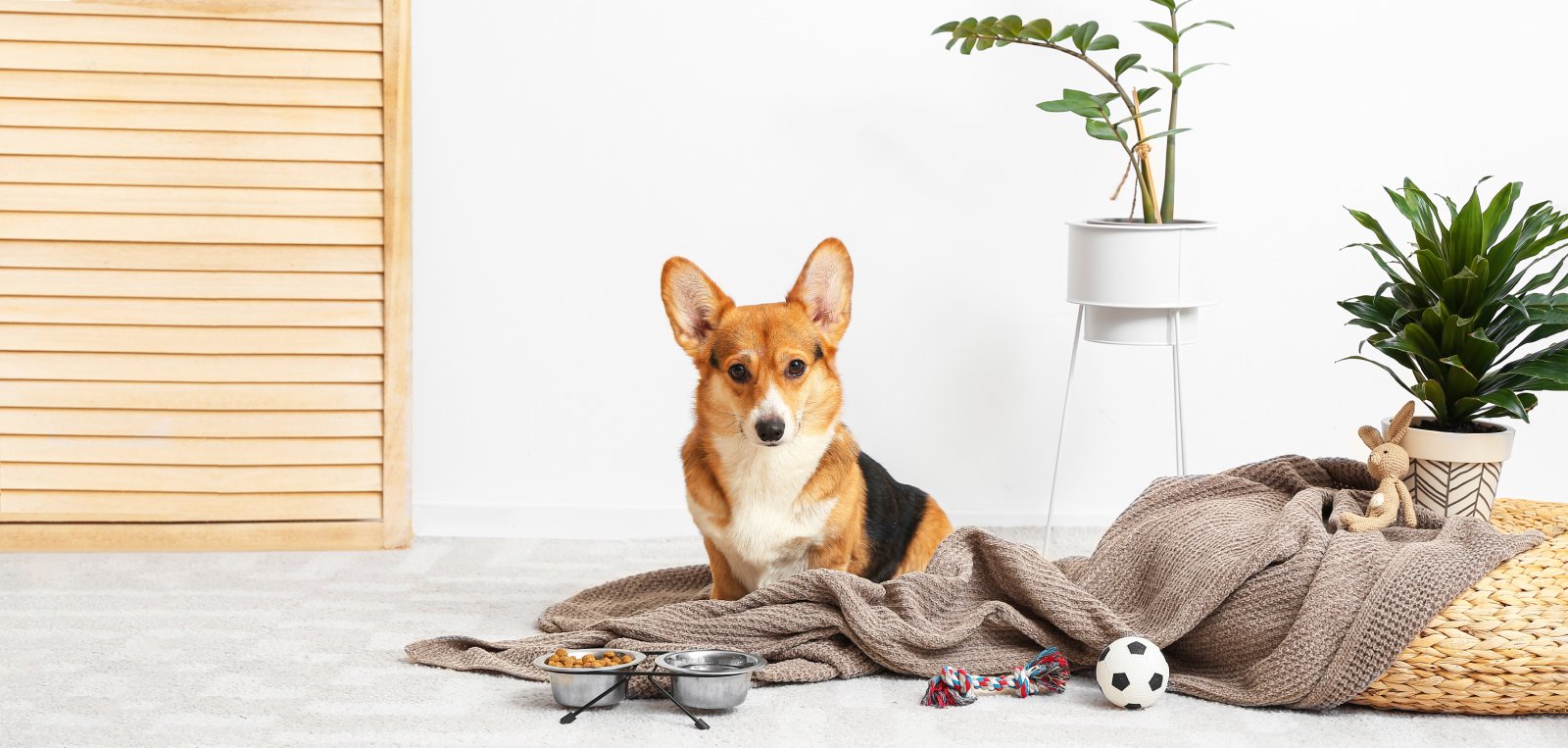
If possible, keep your pet’s bed, toys, and eating area in the same place. Familiar surroundings can provide comfort.
7. Provide Extra Exercise

More physical activity can help reduce stress and anxiety in your pet. It’s also a healthy distraction for both of you.
8. Consider a Pet Sitter

If the break-up leads to changes in your schedule, consider a trusted pet sitter or dog walker to help maintain your pet’s routine.
9. Monitor Eating and Sleeping Habits
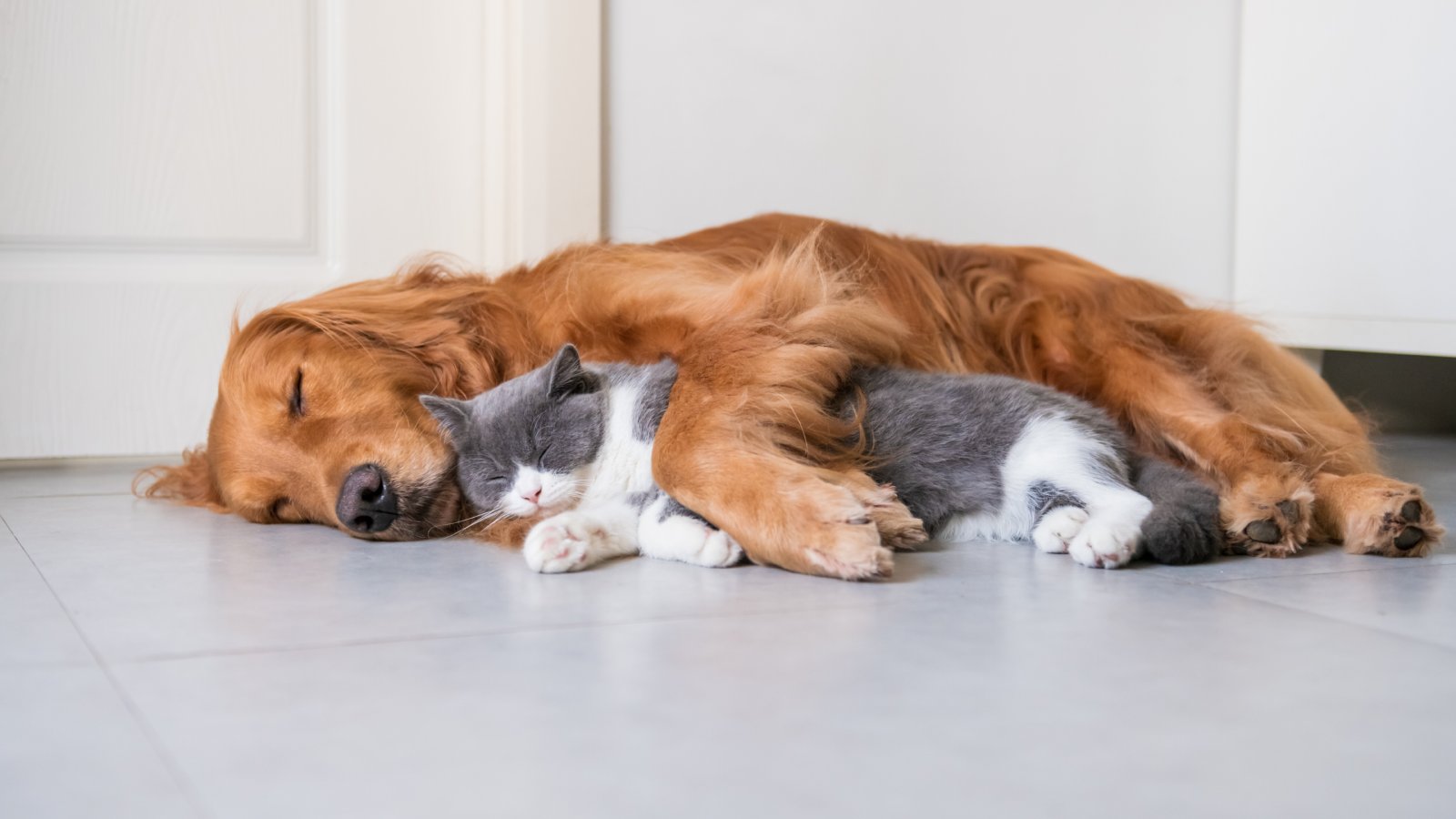
Keep an eye on your pet’s eating and sleeping patterns. Significant changes may require a consultation with a vet.
10. Keep Both Owners Involved
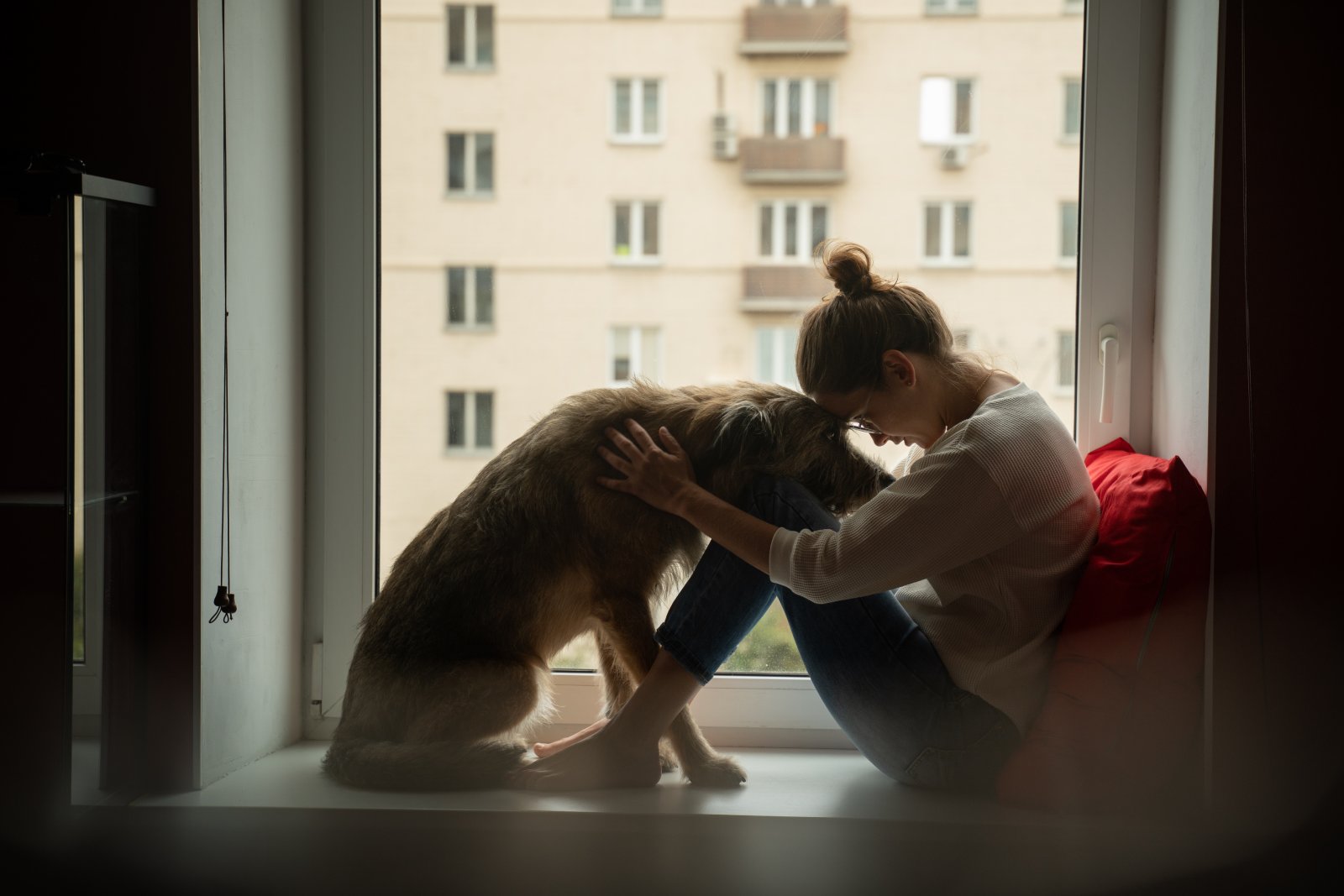
If both parties are willing and it’s safe, try to allow your pet to spend time with both owners to reduce feelings of loss.
11. Use Comfort Objects

If one owner is moving out, consider leaving a piece of clothing or a blanket with their scent on it for your pet.
12. Manage New Introductions Carefully

Introduce new pets or people slowly and carefully to avoid overwhelming your pet during this sensitive time.
13. Provide Distractions
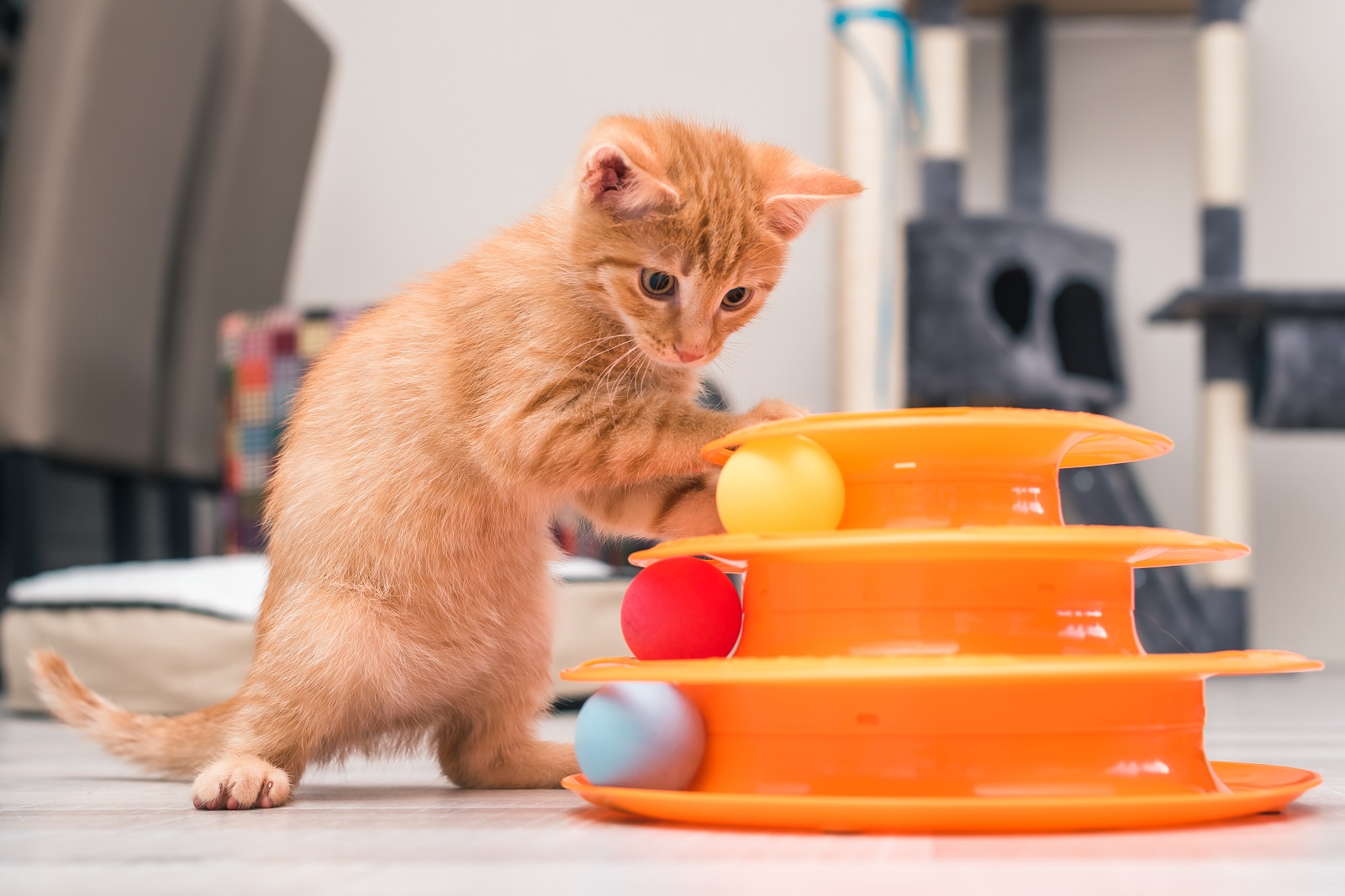
New toys, puzzles, or treats can provide mental stimulation and distraction from the disruptions at home.
14. Stay Positive Around Them
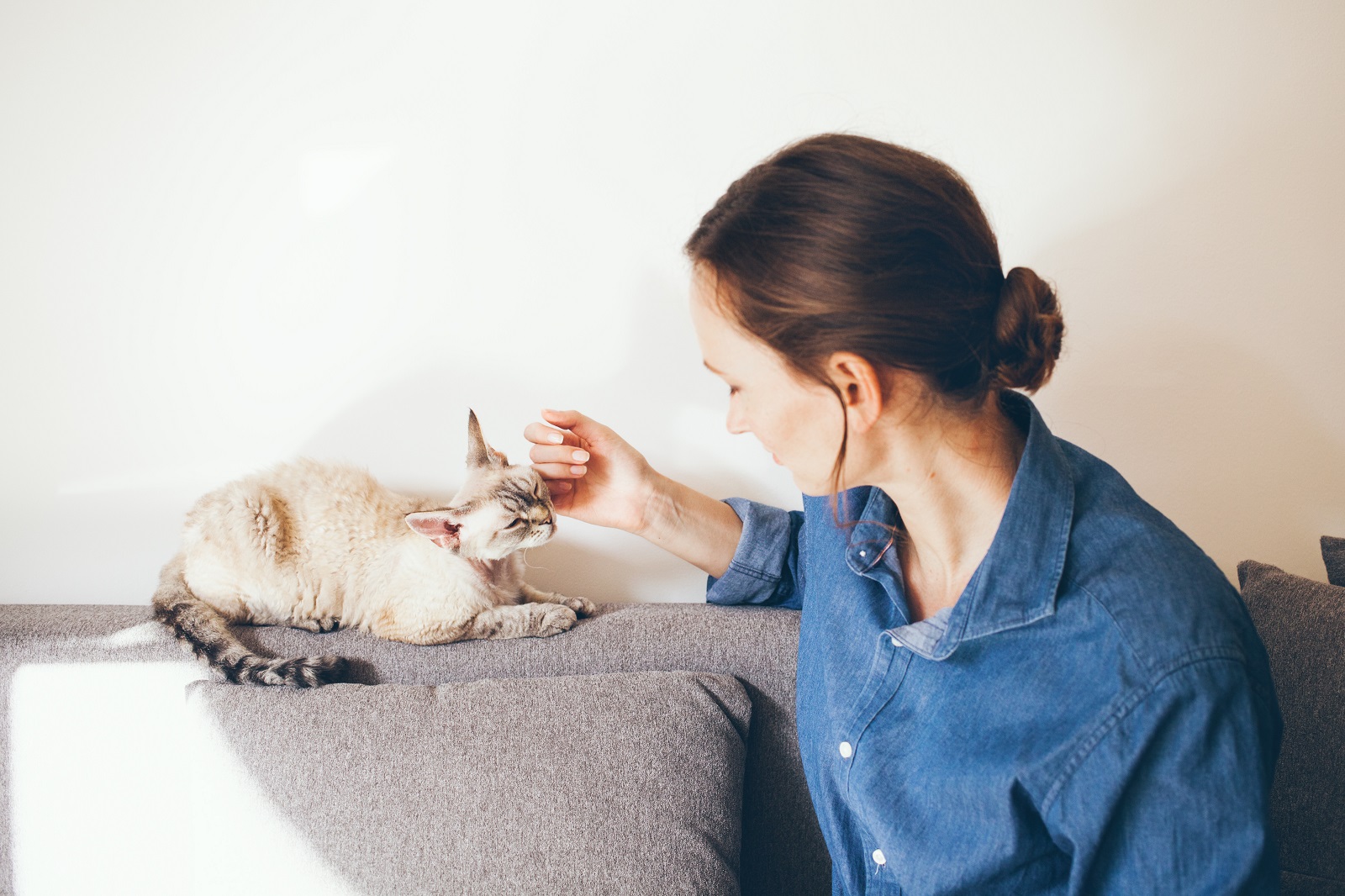
Pets are highly attuned to emotional cues. Try to stay positive and calm around them to help them feel secure.
15. Ensure They Have Their Own Space
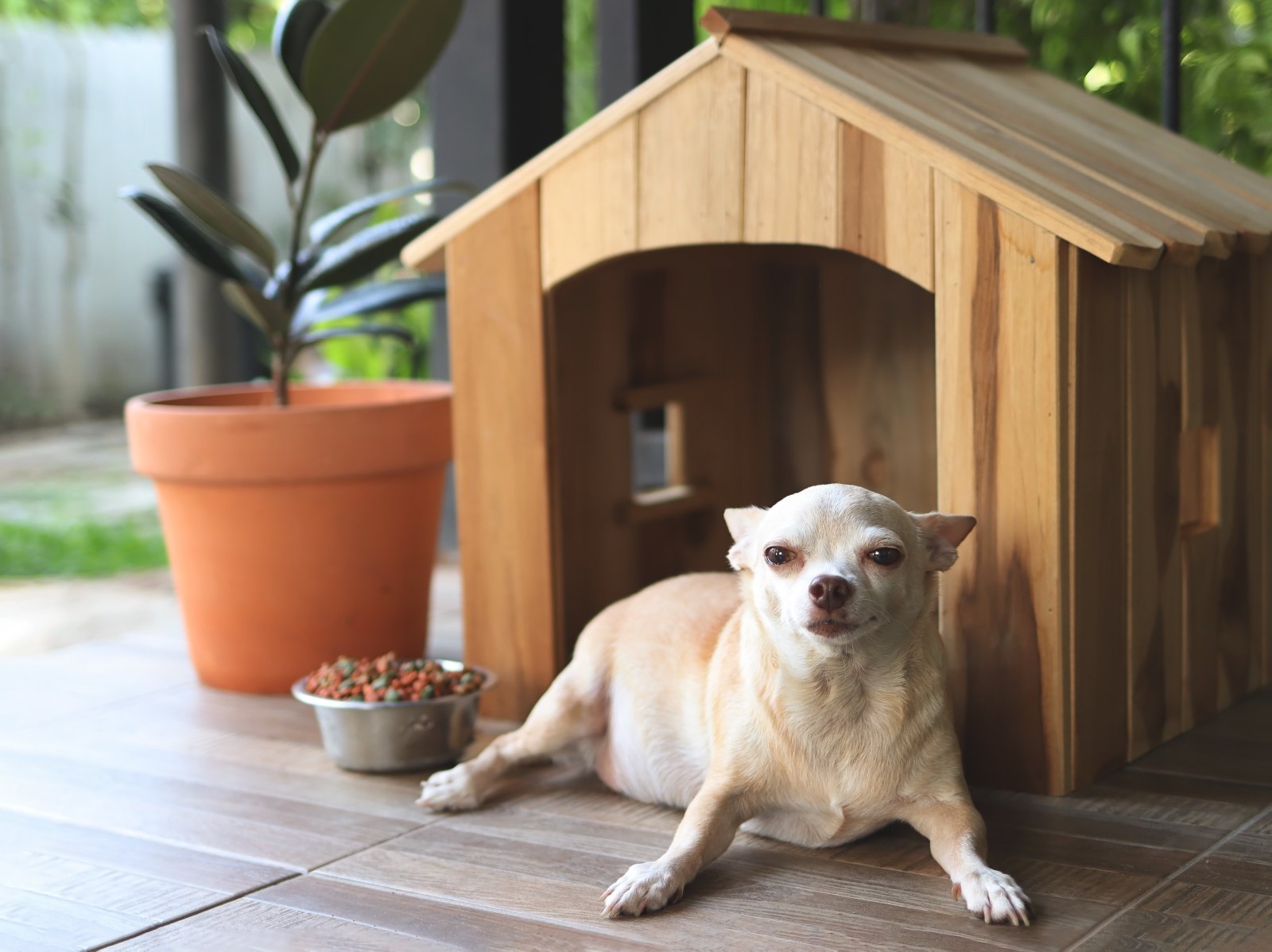
Give your pet a dedicated space where they can retreat and feel safe when things feel overwhelming.
16. Talk to a Vet

If your pet shows prolonged signs of stress or depression, a vet might offer advice or treatment options.
17. Use Music Therapy

Soft music can have a calming effect on pets. Consider playing gentle, soothing tunes at home to ease tension.
18. Reinforce Positive Behaviour

Reward calm and happy behaviours with treats and affection to reinforce these actions under the new household dynamics.
19. Consider Professional Help
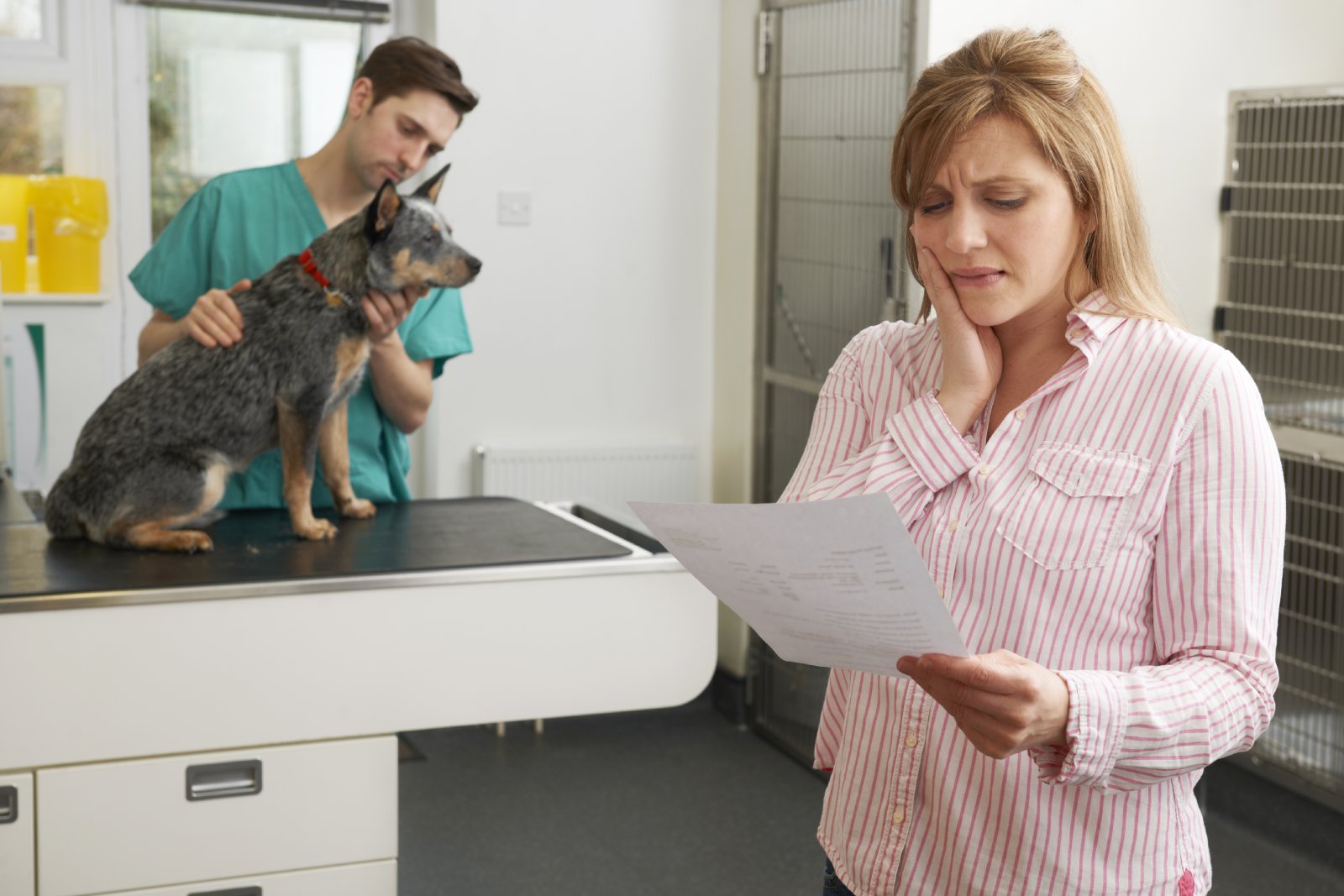
A pet behaviorist can provide strategies and training tips to help manage your pet’s anxiety and adjustment.
20. Take Care of Yourself

Your emotional state affects your pet. Taking care of your own mental and emotional health can positively influence how your pet copes with the situation.
Healing Paws: Supporting Your Pet Through Emotional Upheaval
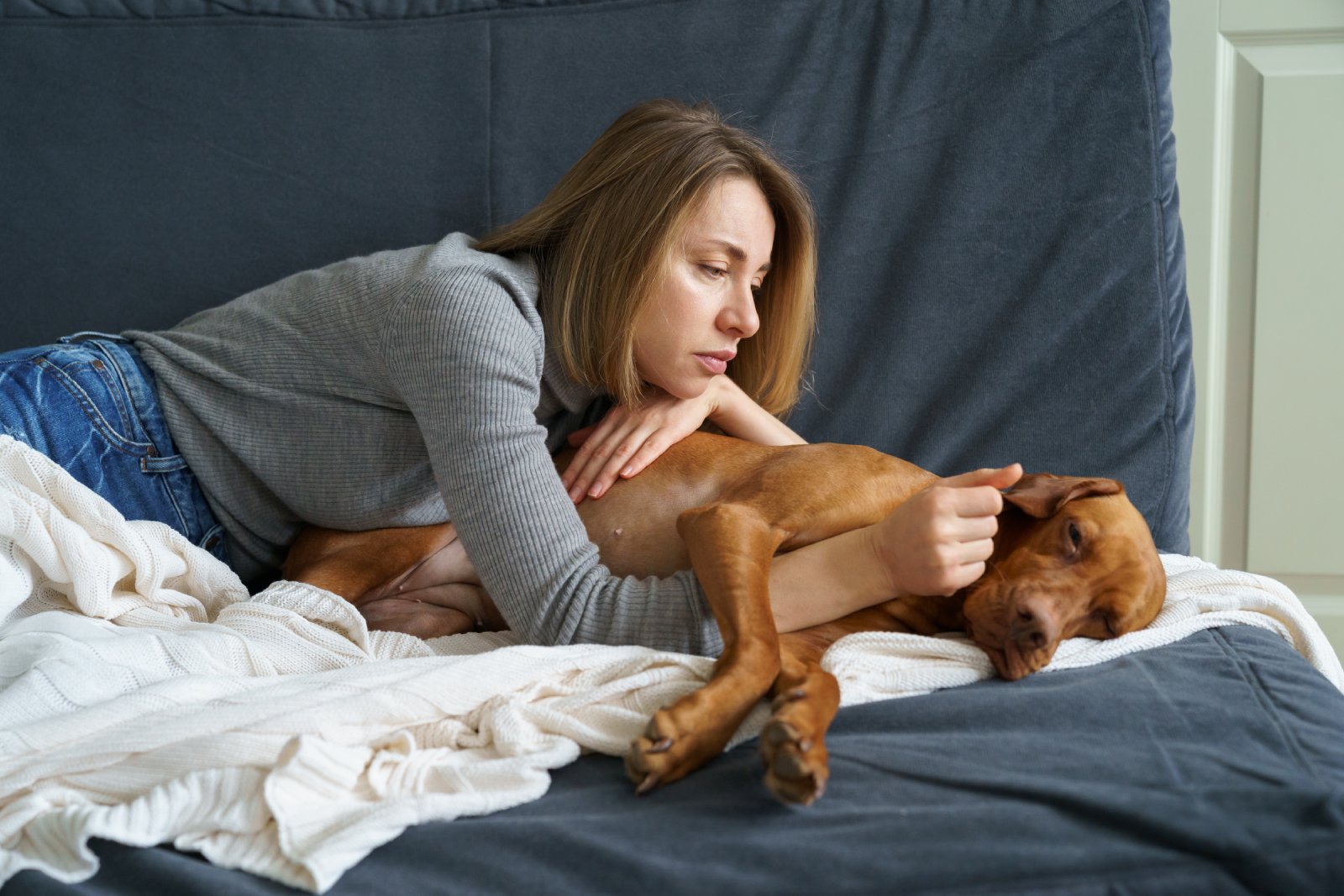
Break-ups are tough on everyone, including our pets. By taking steps to manage their stress and comfort, we not only help them adjust but also strengthen the bond we share in the process. Remember, as you both heal, your pet remains a source of unconditional love and companionship.
The post Heart-Broken: 20 Ways to Make Break Ups Easier for Your Pet first appeared on PawShore.
Featured Image Credit: Shutterstock / marialevkina.
For transparency, this content was partly developed with AI assistance and carefully curated by an experienced editor to be informative and ensure accuracy.

